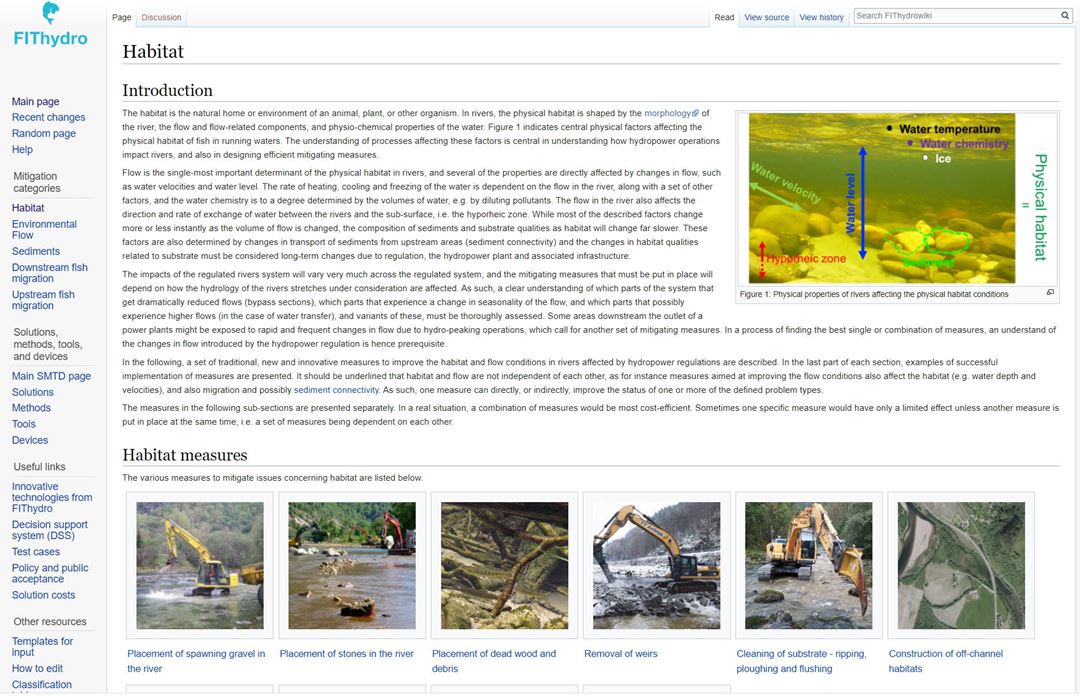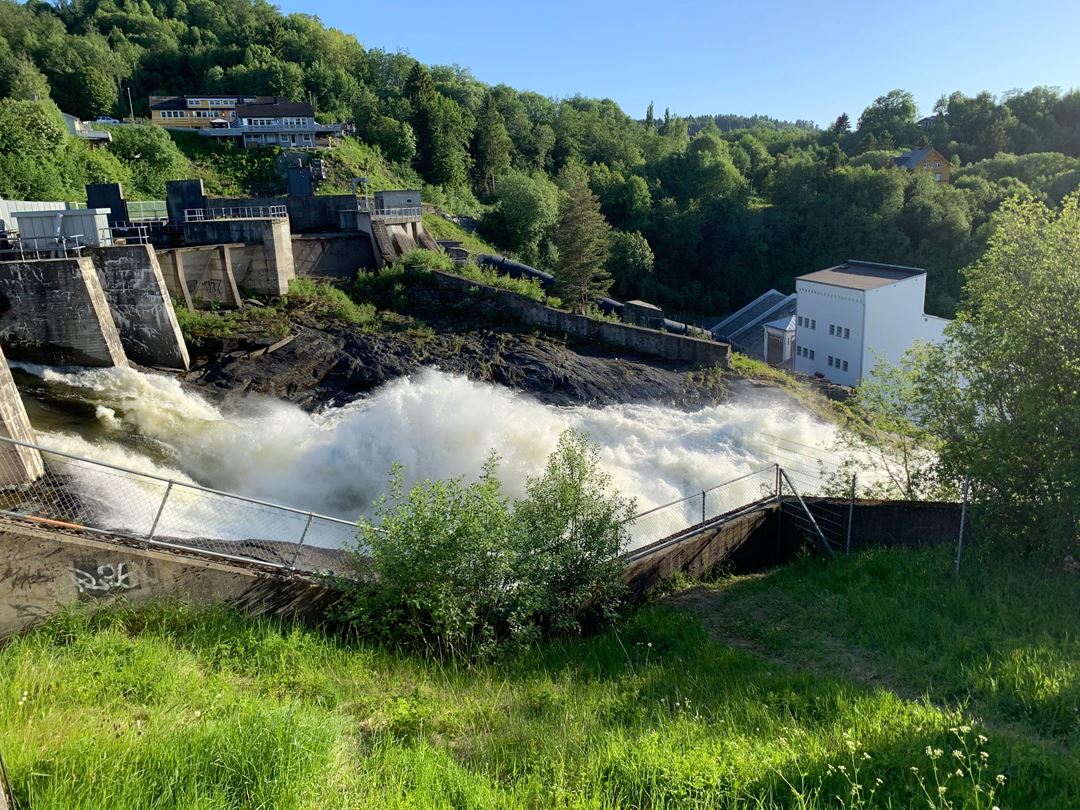- The objective of the wiki is to improve the conditions for fish while preserving hydropower production, by presenting the most up-to-date measures and innovative tools brought to us by environmental design, says Bendik Torp Hansen, who leads the project at SINTEF Energy.
- The wiki: www.fithydro.wiki/
The wiki is a product of the EU-project FIThydro. Its main target audiences are regulatory bodies who want to adopt new protective measures, hydropower companies, consultants, stakeholders and scientists.
- Climate change requires us to increase renewable energy generation including hydropower. We also need to use hydropower in a flexible way to integrate wind and solar energy, says SINTEF Energy senior researcher Atle Harby.
- This must be done respecting nature, which means we need environmental design. Environmental design is a method that balances the needs of energy production and the environment by combining knowledge about hydropower, hydrology, technology, economy, biology and society, Atle Harby adds.
A one-stop shop for all the measures
- The wiki gathers all the measures that can be adopted to make hydropower plants more fish-friendly while maintaining or even increasing electricity generation, says Bendik Torp Hansen. We assembled as much information as possible in one place, and that hadn't been done before.

The wiki presents a catalog of mitigation measures that can be used to solve challenges related to environmental flows, habitat conditions, sediment management, and up- and downstream migration for fish. The wiki also provides information on methods, tools and devices that can be used to plan, implement, monitor and maintain the measures.
- A solid knowledge base is important and necessary to ensure a good balance between advantages and disadvantages of various environmental mitigation measures in any given case. A knowledge database such as this wiki will contribute to that, says senior engineer Eilif Brodtkorb of the Norwegian Water Resources and Energy Directorate (NVE).
Every measure is described with a classification table that provides extra information, such as the type of river it's suitable for, what species of fish it can help, as well as the maturity level of the technology. The cost of every measure is also listed, when the available data makes this possible.
- The wiki is open to everyone in order to make our project results public, says Torp Hansen.
Decision support tool
The FIThydro project also created a decision support system (DSS) which is linked to the wiki. Together, the DSS and the wiki help users to find possible and suitable mitigation measures.
- The wiki can support decision processes and contribute to simplifying communication and debate by giving users a common knowledge base, says Torp Hansen. It is a living document that will continuously be updated by experts with the newest technology and research.

